Tuna is a staple in many American pantries, offering a quick and convenient source of protein. However, not all tuna brands live up to their marketing claims, often falling short in taste, texture, or sustainability. This list highlights 15 such brands that tend to disappoint consumers, despite their reputation or popularity. Each brand offers its unique spin, but they often fail to deliver the quality or flavor that consumers expect. From issues with texture to sustainability concerns, here’s a closer look at the tuna brands that might not be worth the hype.
Chicken of the Sea
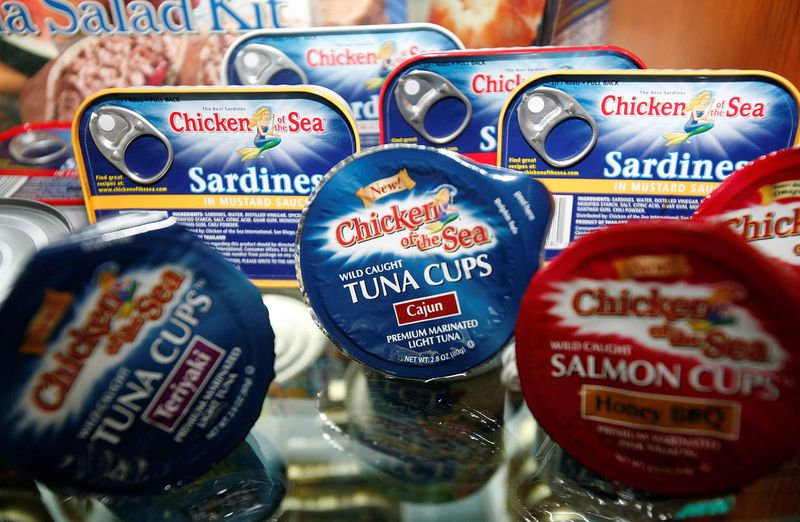
Chicken of the Sea is a household name, but recent reviews highlight a decline in its once-reliable quality. Consumers often find the tuna mushy and lacking in flavor. The brand’s commitment to sustainability has also been questioned by environmental groups. While it remains a convenient choice, its texture and taste leave much to be desired. Some loyalists still cling to the brand out of habit, but new customers might be underwhelmed by its lackluster performance. Can this giant reclaim its former glory, or will it continue to flounder in mediocrity?
Bumble Bee
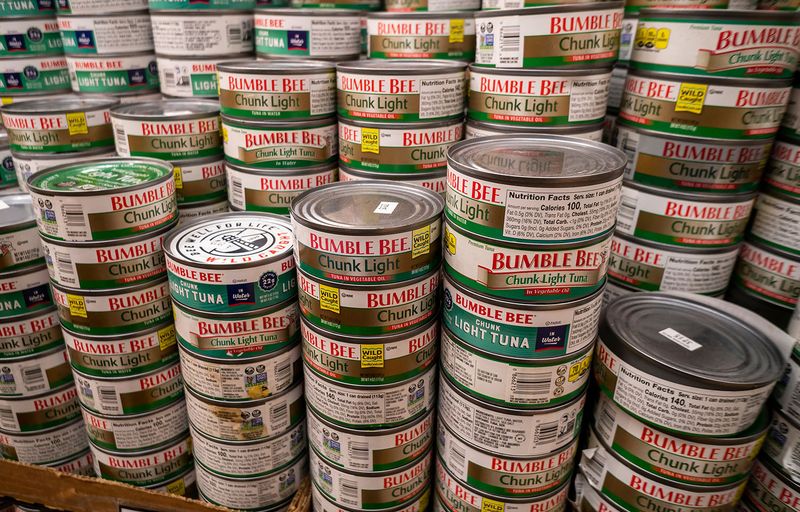
Bumble Bee has long been associated with affordable tuna, but affordability often comes at a cost. The brand has faced criticism over its fishing practices, leading to sustainability concerns. Taste-wise, consumers report a bland and watery experience that fails to satisfy. The brand’s once-proud image has been tarnished by these issues, leaving many to seek alternatives. While Bumble Bee tries to uphold its legacy, the lack of flavor and ethical practices weigh heavily on potential buyers. Is affordability enough to keep Bumble Bee afloat amidst growing scrutiny?
StarKist
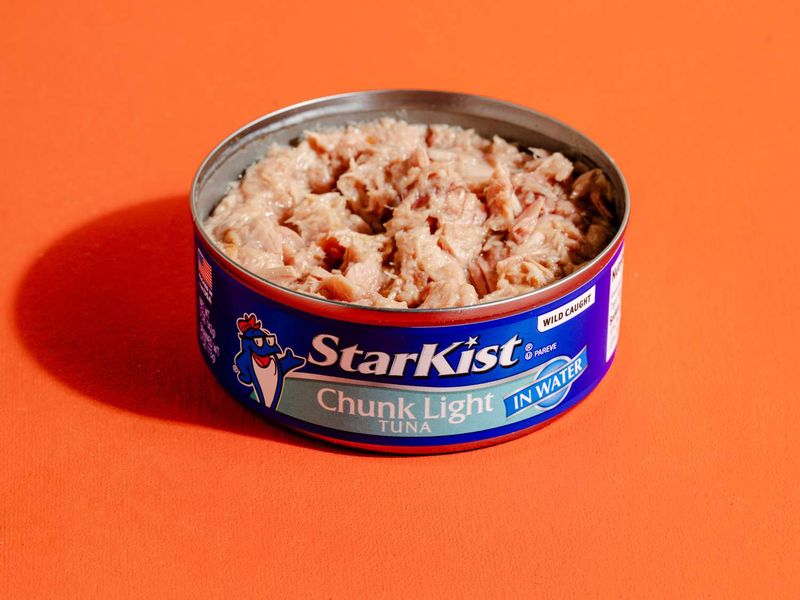
StarKist is synonymous with canned tuna, yet its current offerings pale in comparison to past glory. Many consumers lament the inconsistent texture and bland taste found in recent purchases. Additionally, the brand has faced criticism for misleading packaging regarding the amount of tuna inside. Though it remains a staple for some, its recent performance disappoints those expecting more. StarKist’s reputation continues to rely on nostalgia rather than present-day quality. Can this iconic brand reinvent itself to meet modern expectations, or will it remain a shadow of its former self?
Great Value
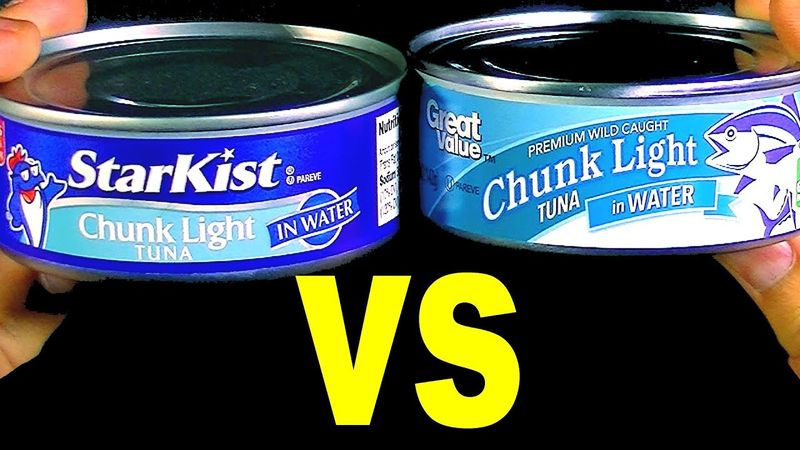
As Walmart’s house brand, Great Value offers affordability, but the quality often matches the price. Consumers frequently report a fishy aftertaste and odd texture that detracts from meals. While it serves as a budget-friendly option, the overall experience leaves much to be desired. The brand’s focus on cost-cutting measures compromises the taste and quality that shoppers expect. Despite its popularity for being easy on the wallet, the lackluster taste keeps it from being a preferred choice. How much are consumers willing to sacrifice for savings?
Safe Catch
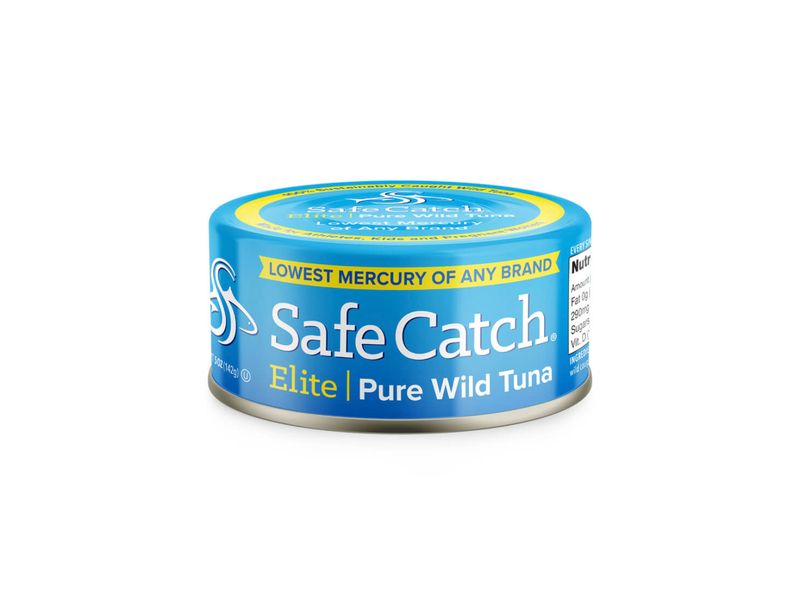
Safe Catch markets itself as a health-centric choice, but some consumers find the benefits overstated. The brand emphasizes low mercury levels, yet the flavor profile often falls flat. Fans of flavorful tuna might be left wanting more, as the taste doesn’t quite live up to expectations. While its health claims attract a niche audience, general consumers might not find it satisfying. Safe Catch promises much but delivers little in the way of culinary delight. Is the peace of mind worth the compromise in taste?
Wild Planet
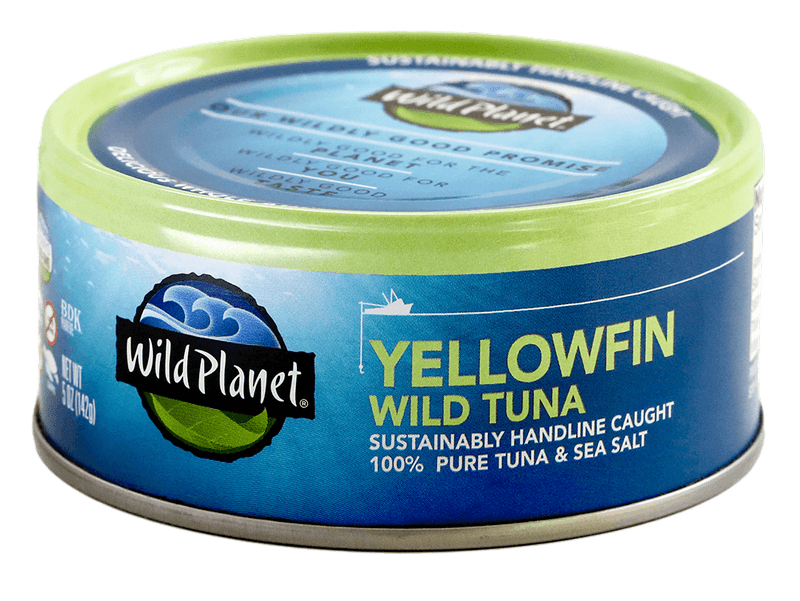
Wild Planet is a favorite among eco-conscious consumers, but not everyone is impressed. Critics point out inconsistencies in flavor and texture that detract from its appeal. The brand’s focus on sustainability is commendable, yet some find the taste lacking. It’s a classic case of style over substance, with packaging that promises more than it delivers. While it’s a top choice for the environmentally aware, those seeking flavor might look elsewhere. Can Wild Planet balance its ethical mission with consumer taste preferences?
Century Tuna
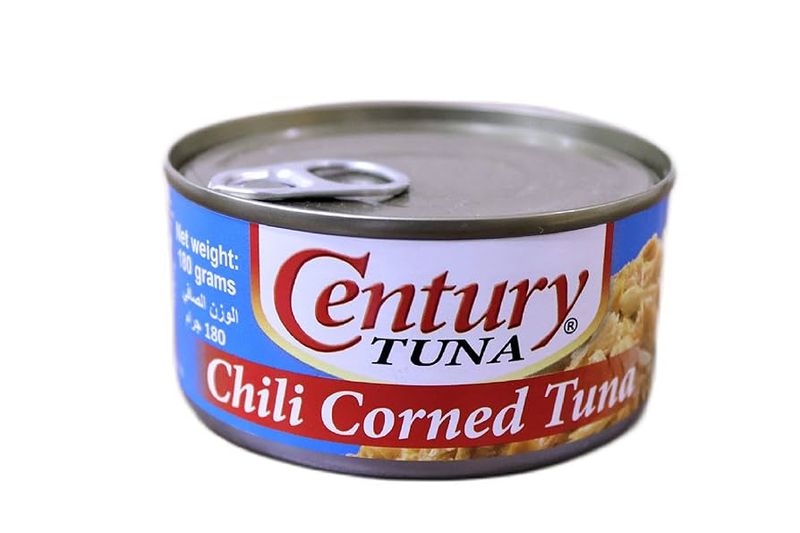
Originating from the Philippines, Century Tuna has made waves in the U.S. market, but not always positively. Consumers often describe the taste as bland and the texture as too firm. While it offers a unique seasoning variety, the execution falls short of expectations. For those unfamiliar with its distinct profile, the brand can be underwhelming. Despite its international success, it struggles to captivate American palates. Is Century Tuna’s exotic appeal enough to overcome its taste challenges in a competitive market?
Ocean Naturals
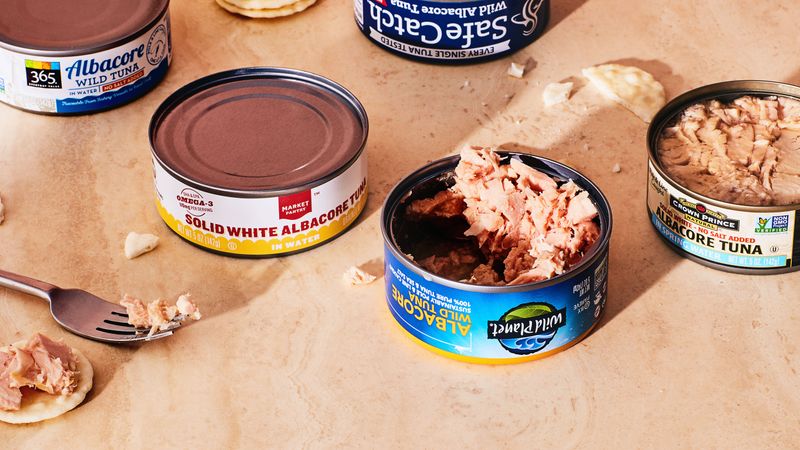
Ocean Naturals promises freshness straight from the sea, yet consumers often find the reality less appealing. Reports of a metallic aftertaste and dry texture overshadow its fresh claims. The brand’s emphasis on simple, natural ingredients doesn’t always translate into a satisfying experience. While it markets itself as a premium choice, the taste and texture sometimes betray this promise. For those who prioritize flavor, Ocean Naturals might not be the top pick. Can the brand successfully align its marketing with consumer expectations?
Trader Joe’s
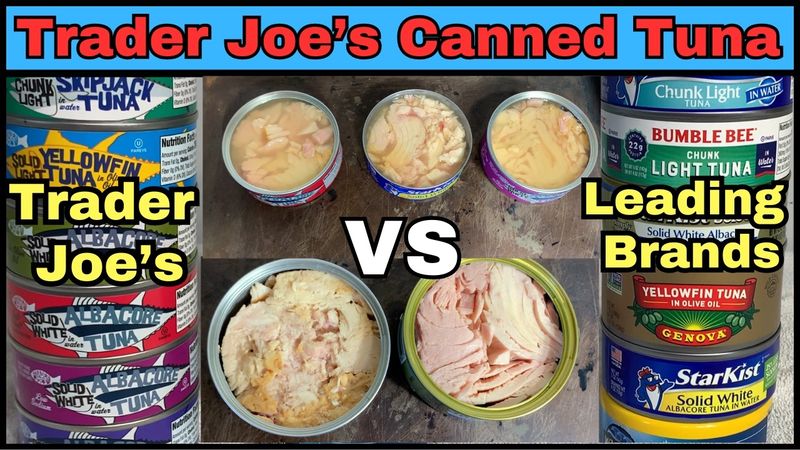
Trader Joe’s often delivers unique finds, but its tuna offerings are less inspiring. Customers frequently mention a lack of flavor and an unappealing scent that detracts from meals. The brand’s allure of exclusivity doesn’t always match the taste experience. Despite its cult following, Trader Joe’s tuna leaves some taste buds wanting more. Its eclectic charm can’t always compensate for the underwhelming flavor. Will Trader Joe’s refine its recipe to match its reputation for quality and uniqueness?
Genova
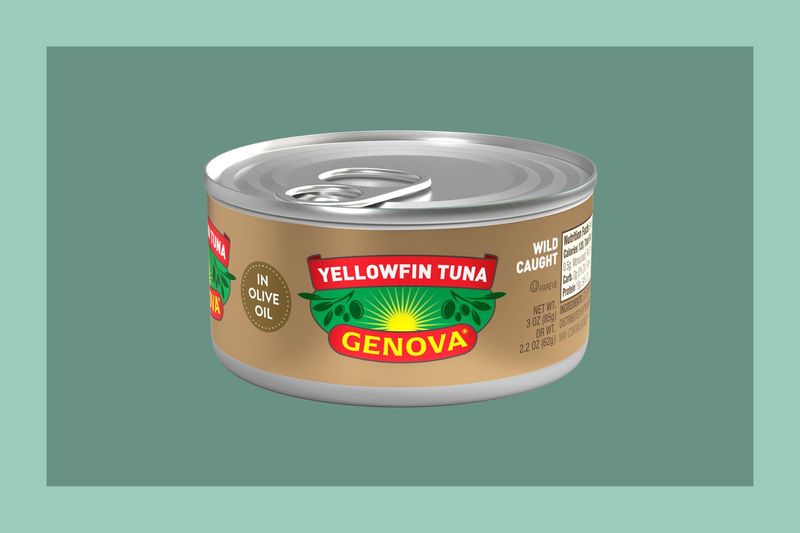
Genova prides itself on offering an “Italian-style” experience, but the execution often falls short. Consumers frequently express disappointment in the bland taste and lack of authenticity. With Italian gourmet expectations, the canned tuna doesn’t quite deliver the Mediterranean flair it promises. While the brand has a niche audience, many find it lacking in the robust flavors associated with its branding. Genova’s challenge lies in bridging the gap between expectation and reality. Can it transform its image to match its aspirational marketing?
Clover Leaf
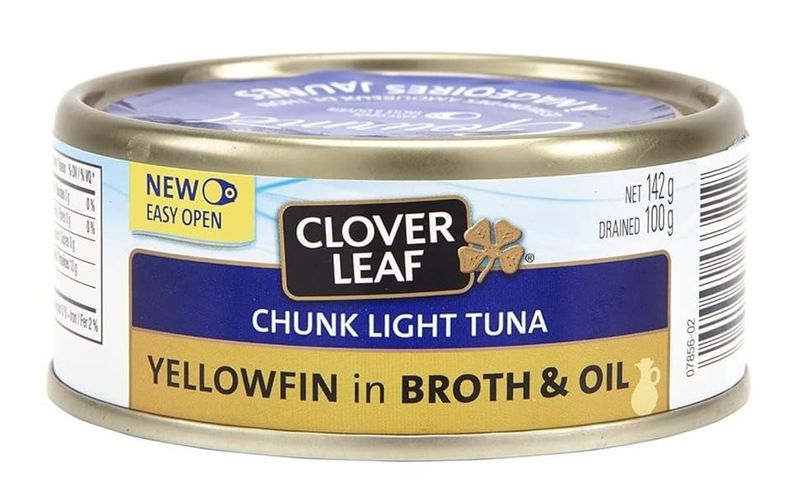
Clover Leaf offers a variety of canned fish, but its tuna often misses the mark. Consumers frequently mention a mushy texture and lack of distinct flavor. While it provides a range of options, the overall quality doesn’t always impress. Its popularity in Canada has yet to translate into consistent satisfaction in the U.S. market. Despite its wide availability, Clover Leaf’s tuna may not live up to the expectations of discerning palates. What will it take for Clover Leaf to win over more American consumers?
Kirkland Signature
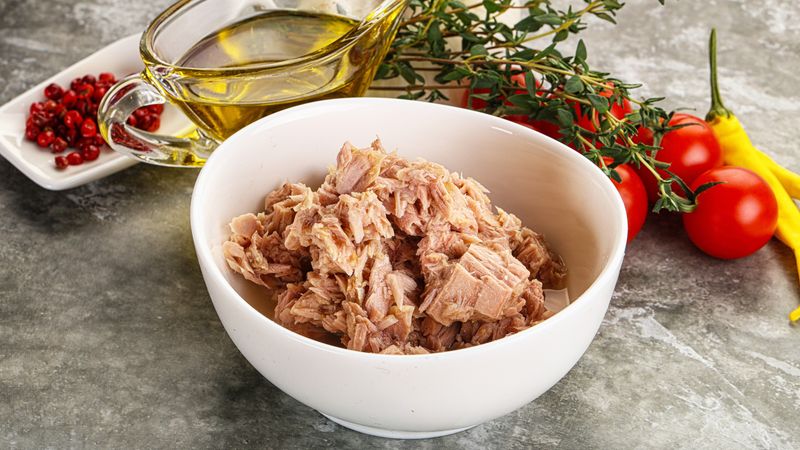
Kirkland Signature is known for bulk savings, but its tuna doesn’t always deliver on taste. Consumers often find it bland and dry, missing the richness they desire. Though convenient for large families, the compromise in flavor may deter repeat purchases. The brand’s strong reputation in other categories doesn’t always extend to its tuna. For those seeking both value and taste, Kirkland’s offering might not meet expectations. How can Kirkland improve its formula to satisfy both budget-conscious and flavor-focused consumers?
Sunkist

Sunkist, better known for citrus, dabbles in tuna with mixed results. Consumers often report an odd aftertaste and inconsistent texture. The brand’s expansion into tuna may lack the refinement seen in its fruit offerings. While it captures attention with a recognized name, the taste experience leaves some consumers confused. Its identity crisis reflects in the final product, which struggles to find its footing among tuna enthusiasts. Can Sunkist carve out a niche in the seafood aisle, or will it flounder in unfamiliar waters?
Ocean’s
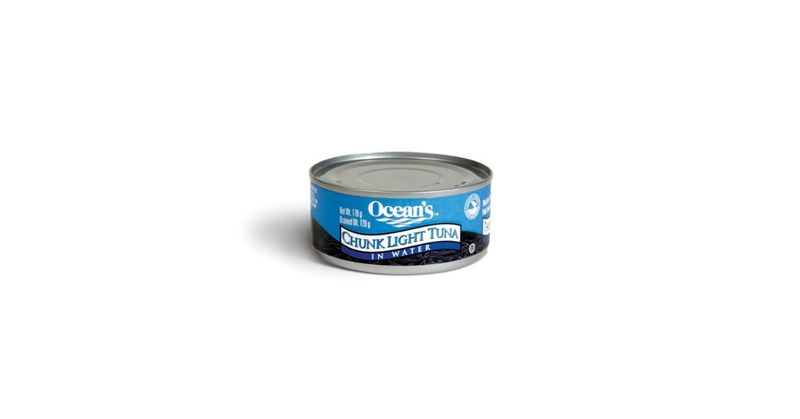
Ocean’s promises a premium experience, yet many find it lacking in distinctiveness. Consumers often describe the flavor as unremarkable, with a texture that doesn’t stand out. Despite its premium branding, the tuna falls short of delivering an exceptional experience. The disconnect between marketing and reality leaves some customers skeptical. While it aims to lure in those seeking quality, Ocean’s might not be the first choice for discerning palates. What steps can Ocean’s take to enhance its appeal among tuna aficionados?
Polar
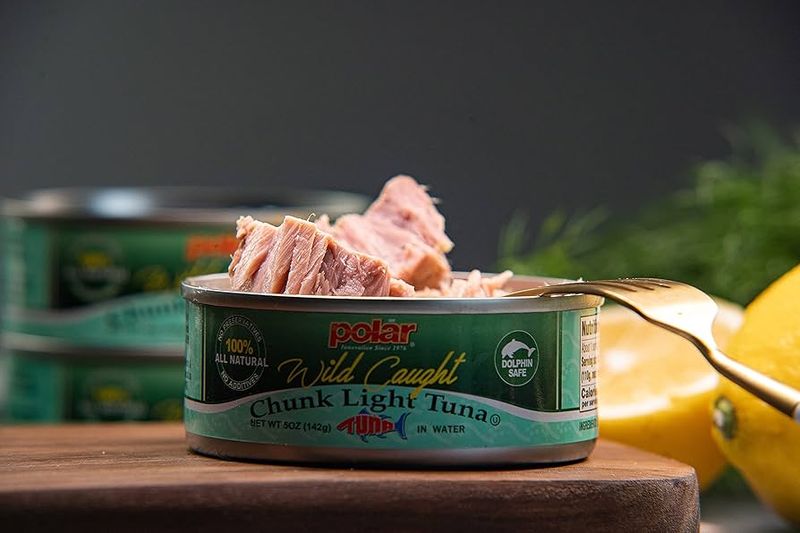
Polar introduces an adventurous twist with exotic flavors, but execution often disappoints. Consumers frequently mention a lack of depth in taste and inconsistent quality. The brand’s intriguing options promise more than they deliver, leaving some adventurous eaters underwhelmed. While it targets those seeking novelty, the actual taste experience can be a letdown. Polar’s challenge is to align its innovative image with a satisfying flavor profile. Can it adapt its adventurous spirit into a truly rewarding tuna experience?
Leave a comment